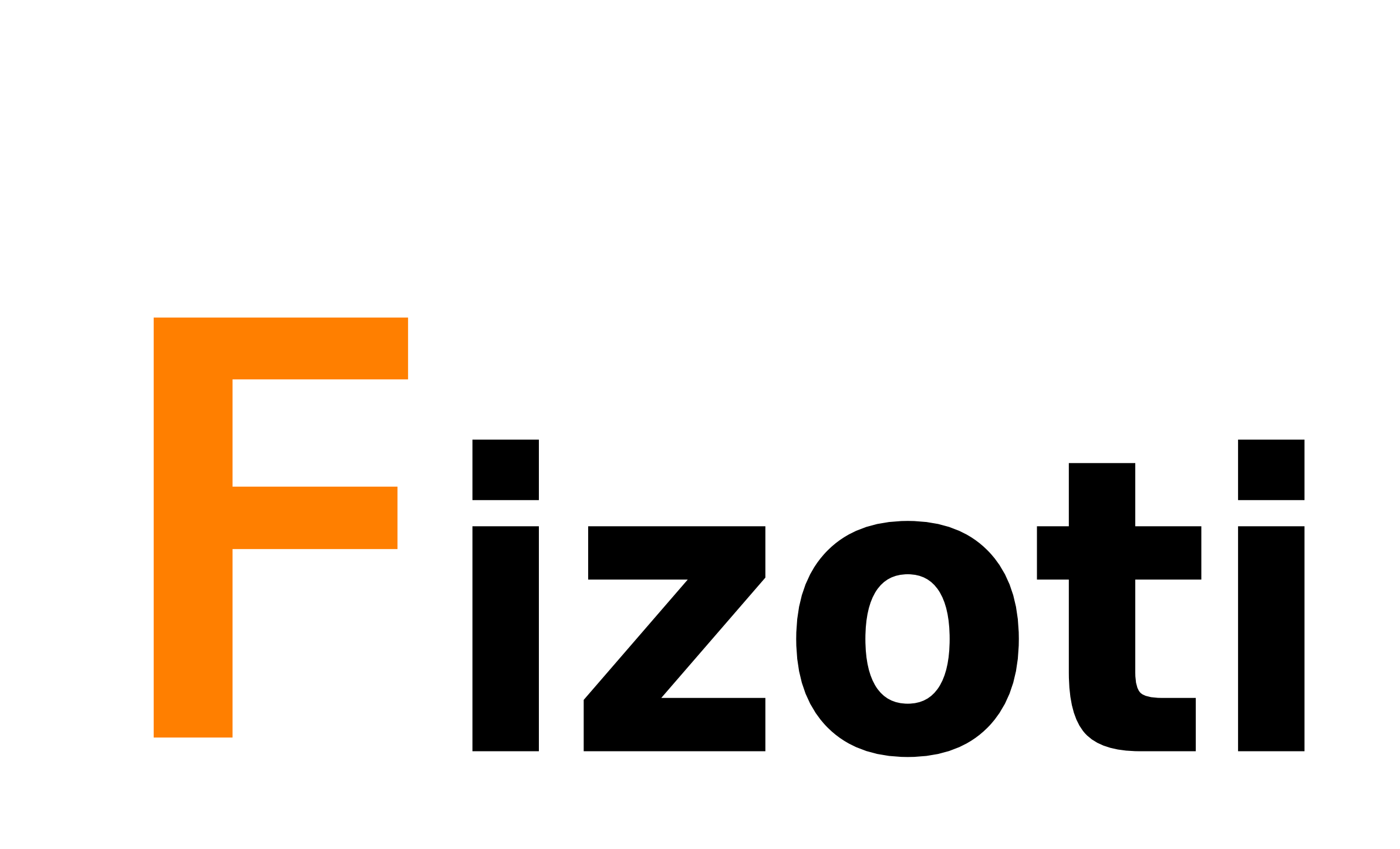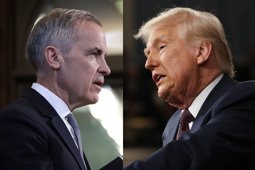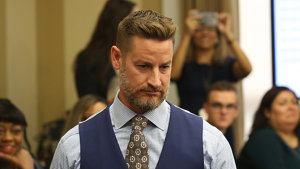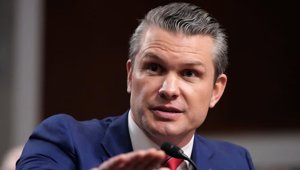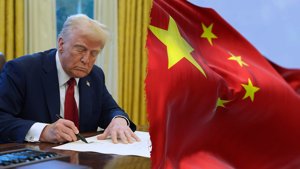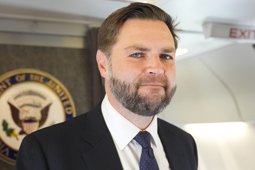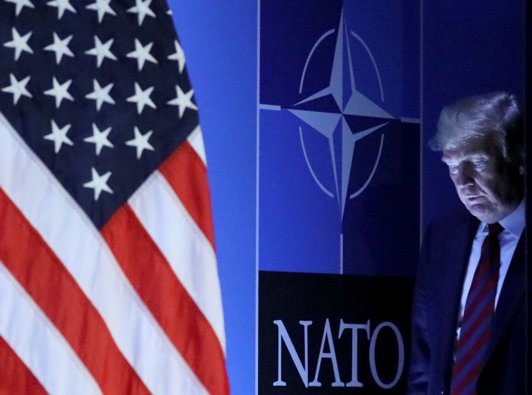
Trump Drives NATO Allies to Boost Defense Spending
Trump heads to NATO summit as allies agree to increase defense spending, following a historic Israel-Iran ceasefire.
Trump Arrives at NATO Summit Following Ceasefire Breakthrough
President Donald Trump traveled to The Hague on Tuesday to attend the annual NATO summit, just hours after announcing a ceasefire deal between Israel and Iran. The historic agreement, brokered by the United States, marked a rare moment of calm in the Middle East and set the stage for Trump to focus on transatlantic security issues in Europe.
This summit, Trump’s first since returning to office, finds him once again at the center of NATO’s debates over fair burden sharing. Throughout his presidency, Trump has criticized European allies for relying too heavily on U.S. military protection. This year, however, NATO members responded by agreeing to a significant increase in defense spending, committing to spend five percent of their gross domestic product on defense—a sharp rise from the previous two percent target. Only Spain requested an exemption, with Prime Minister Pedro Sánchez insisting his country would not meet the new threshold.
“This summit is really about NATO’s credibility, and we are urging all of our Allies to step up to the plate and pay their fair share for transatlantic security,” stated U.S. NATO Ambassador Matthew Whitaker.
Trump’s demand for higher European defense spending has long been a point of contention, but the new commitment reflects a shift in attitude among most member states. NATO Secretary General Mark Rutte applauded the agreement, saying, “Allies are stepping up to equal sharing of responsibility for our shared security.”
Summit Focuses on Unity Amid Global Tensions
While Trump pressed European leaders to increase their military commitments, he told reporters last week that the United States itself does not need to hit the five percent target: “I don’t think we should, but I think they should.” The summit, which includes meetings with world leaders and a press conference, will also feature Ukrainian President Volodymyr Zelenskyy as he continues to advocate for Ukraine’s admission into the alliance.
The meetings take place against the backdrop of heightened security concerns. Iran’s recent counterstrike on a U.S. air base in Qatar followed American attacks on three Iranian nuclear sites—an action NATO leaders, including Secretary General Rutte, defended as necessary to prevent Tehran from developing nuclear weapons. “This is a consistent position of NATO: Iran should not have its hands on a nuclear weapon,” Rutte said. He also rejected comparisons between the U.S. strikes in Iran and Russia’s 2022 invasion of Ukraine, arguing that American actions were not a violation of international law.
The summit’s agenda was originally intended as a show of unity to Russian President Vladimir Putin, especially in light of the ongoing war in Ukraine. Yet, the fresh conflict between the U.S., Israel, and Iran has made the outcome less predictable and injected new urgency into discussions on collective defense.
NATO’s internal divisions are not unprecedented. The 2003 Iraq War deeply split the alliance, with France and Germany opposing the invasion while Britain and Spain supported it. This year’s gathering, however, signals a renewed commitment to transatlantic security and a willingness among allies to answer U.S. calls for greater responsibility.
As Trump prepares to return to Washington after the summit, he does so with the endorsement of a major NATO policy shift and a fragile ceasefire in the Middle East. The coming months will test the alliance’s ability to sustain both increased defense spending and diplomatic momentum in the face of persistent global threats.
